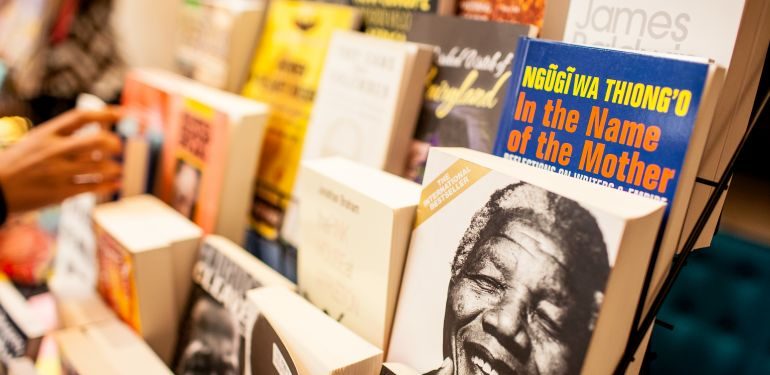Photo by: Africawrites.org
The story of Kenyan literature and its publishers shows how they’ve faced tough times with strength, creativity, and flexibility. As the world of books changes, people realize more and more how crucial it is to include all kinds of voices and make sure everyone gets a chance to publish. By working together, coming up with new ideas, and always aiming for the best, Kenyan writers are ready to leave their mark on the world.
In my conversation on the What’s on your shelf? Podcast with Verah Omwocha, a trail she talked warmly about a special book called “Coming of Age: Struggles and Triumphs of Kenyan Publishing” by the late Dr. Henry Chakava. He was a big name in Kenya’s publishing world. The book tells the story of Dr. Chakava and his friends as they faced challenges in Kenya’s publishing industry starting from the 60s.
Kenyan literature has a rich history. It’s filled with old stories, traditional tales, and stories about Kenya’s past. But it wasn’t until the late 1900s that Kenyan writers started getting famous around the world. Writers like Ngũgĩ wa Thiong’o, Grace Ogot, and Meja Mwangi became well-known for their stories about Kenya. And publishers like East African Educational Publishers (EAEP) helped these writers share their work with others, not just in Kenya, but everywhere.
Despite the strides made, Kenyan literature and its publishers continue to grapple with various challenges. One such obstacle is the limited access to publishing opportunities, especially for emerging writers from marginalized communities. The dominance of Western publishing houses in the global market often poses barriers to entry for Kenyan authors, hindering the amplification of diverse voices. Additionally, the lack of adequate infrastructure, including distribution networks and marketing channels, presents a hurdle for local publishers seeking to reach wider audiences both domestically and internationally. Moreover, issues like censorship and political pressures have at times impeded the freedom of expression for Kenyan writers, underscoring the need for a conducive environment for literary creativity to thrive.
Amidst these challenges, Kenyan writers are embracing new opportunities fueled by technological advancements and changing consumer preferences. The rise of digital publishing platforms has democratized the publishing landscape, allowing authors to self-publish and reach global audiences with ease. Initiatives like Storymoja Festival and Kwani? Manuscript Prize have provided platforms for emerging writers to showcase their work and connect with industry professionals.
Furthermore, collaborations between Kenyan publishers and international literary agencies have opened doors for cross-cultural exchange and increased visibility on the global stage. Initiatives such as the Jalada Africa Translation Prize aim to promote the translation of African literature into multiple languages, further amplifying the voices of Kenyan writers and enriching the literary tapestry.
While countries like Nigeria and South Africa boast robust publishing industries with established distribution networks and infrastructure, Kenya’s literary landscape thrives on innovation and grassroots initiatives that occupy a unique space characterized by its diversity, linguistic richness, and a blend of traditional storytelling with contemporary narratives.
Moreover, Kenyan literature often grapples with themes specific to its socio-political context, offering a nuanced perspective on issues such as post-colonial identity, urbanization, and environmental conservation. This distinctive voice resonates with readers both locally and abroad, positioning Kenyan literature as a vital contributor to the global literary conversation.
Here’s the link to my conversation with Vera, Enjoy! https://www.youtube.com/watch?v=Wj-VQU_w5Zw&t=117s







